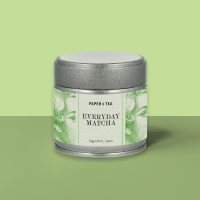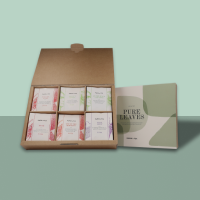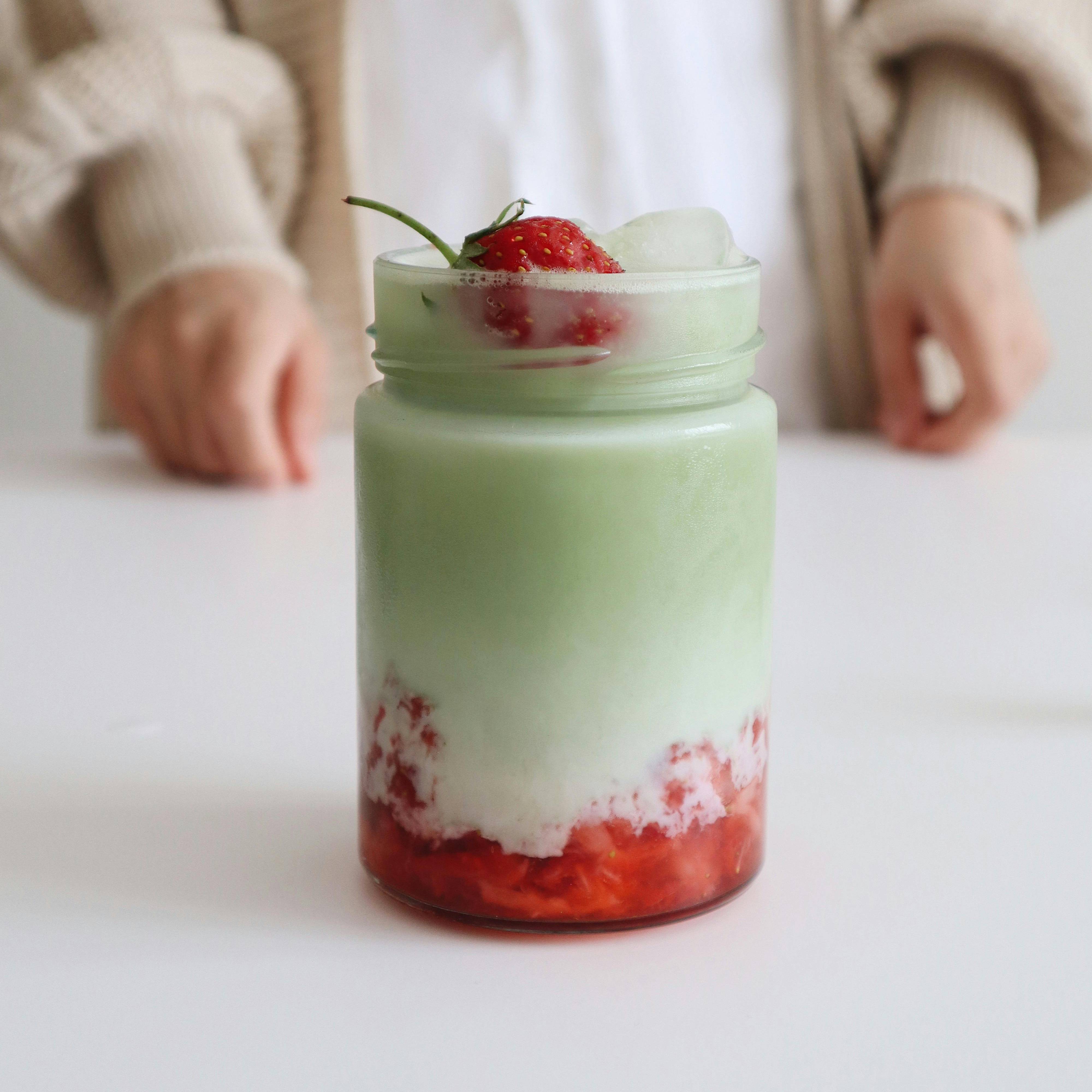Description
Cranberries grow on low shrubs in sandy or boggy areas. The berries have a shiny, smooth skin and contain several small seeds. Due to their tart taste, cranberries are rarely eaten raw. Instead, they are used in juices, sauces, and as a fruity component in baked goods, where their fruity acidity is particularly pronounced. Dried cranberries are often popular in tea blends, combined with tea, other fruits, or herbs.
Historical Background
Cranberries have a long history in North America and were used in the indigenous diet. They were considered an important ingredient in pemmican, an indigenous "superfood" made from meat, fat, and cranberries—akin to an energy bar. In the 17th century, European settlers became acquainted with the berry, and it soon found its way into traditional recipes, such as the well-known cranberry sauce served with turkey at Thanksgiving. To this day, the main growing areas for cranberries are primarily in the USA and Canada.
Interesting Facts
- Cranberries have the unique ability to float on the water's surface, which significantly simplifies harvesting. In the so-called wet harvest, the fields are flooded so that the berries rise to the surface and can be collected more easily.
- Cranberry juice is a popular fruit juice and a key ingredient in the famous "Cosmopolitan" cocktail.
- In winter, infusions made from dried cranberries are often enjoyed as a soothing tea, while in summer, they offer a pleasant variation in refreshing iced teas. They pair wonderfully with ingredients like hibiscus, apple, or mint.























